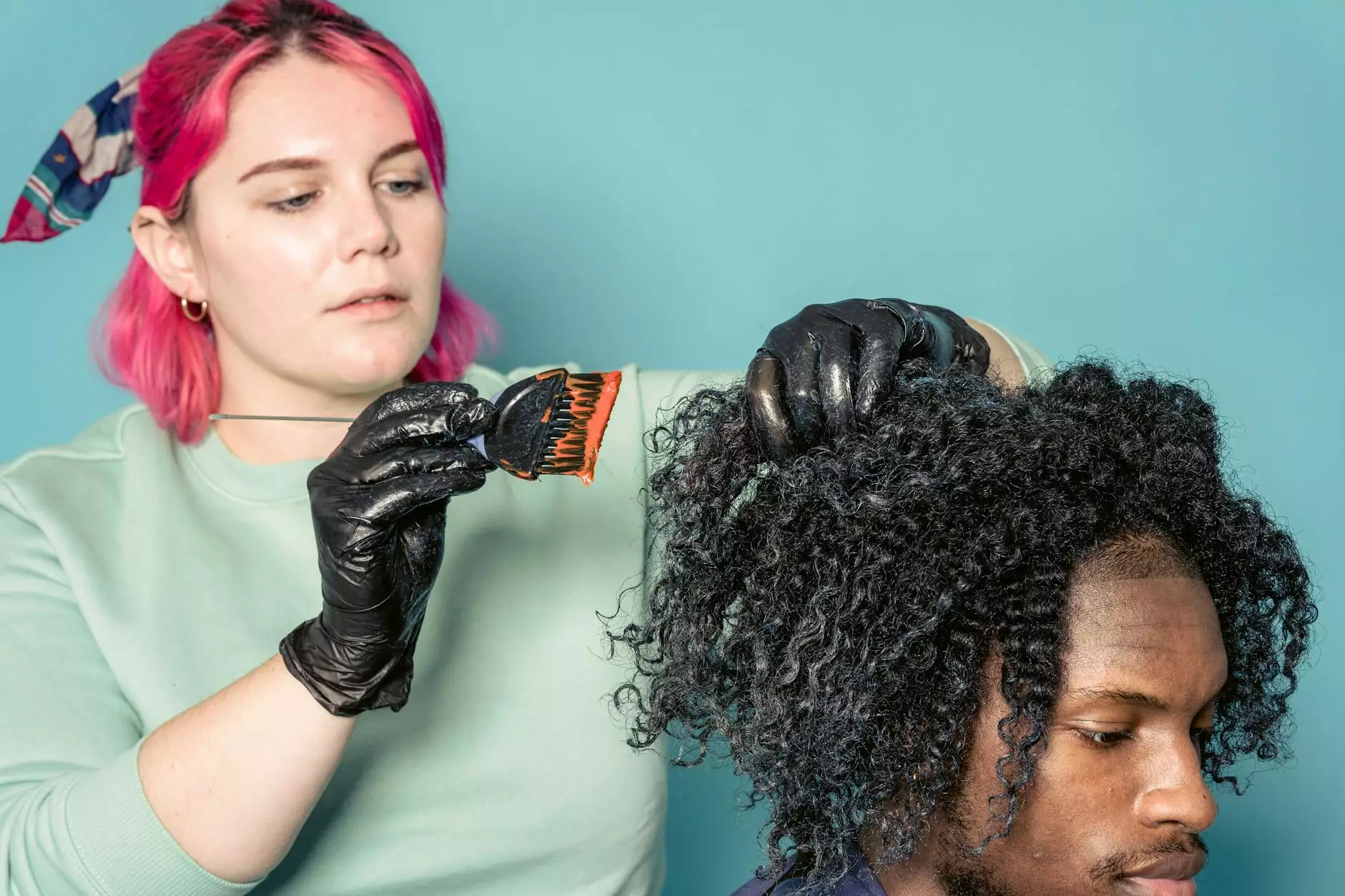Learning to Use Crutches

Introduction
Crutches are commonly used assistive devices that provide support and mobility for individuals with lower extremity injuries, post-surgery, or other medical conditions affecting their ability to walk. At Foley James D MD, we understand the importance of learning how to use crutches correctly to enhance recovery and prevent further injury. In this comprehensive guide, we will walk you through the step-by-step process of using crutches safely and effectively.
Why Use Crutches?
Crutches serve as an alternative walking aid when weight-bearing on one or both legs is restricted or prohibited. They help reduce the amount of weight placed on the injured leg, providing support and stability while allowing mobility during the healing process. Using crutches correctly can prevent unnecessary strain, facilitate healing, and promote a faster recovery.
Choosing the Right Crutches
When it comes to choosing crutches, it is important to select the appropriate type and size for your specific needs. There are various types of crutches available, including underarm crutches and forearm crutches. Underarm crutches are commonly used, but forearm crutches offer better stability and control. Consult with your healthcare provider or Foley James D MD to determine the most suitable option for your condition.
Proper Crutch Fit
Ensuring proper crutch fit is crucial for comfort and safety. Follow these steps to achieve the correct crutch fit:
- Height Adjustment: Stand up straight, allowing your arms to rest naturally at your sides. Adjust the crutches so that the top handle is at the level of your wrists.
- Handgrip Position: With your arms by your sides, the handgrips should be at the level of your hips.
- Elbow Bend: Your elbows should be slightly bent, at an angle of about 15 to 30 degrees, when holding the handgrips.
- Axilla Pads: For underarm crutches, make sure the axilla pads are positioned 1-2 inches below your armpits for optimal comfort.
- Secure Fit: Double-check all adjustment settings and tighten any loose parts or straps to ensure a secure fit before using the crutches.
Safe and Effective Crutch Use
Proper technique is essential for safe and effective crutch use. Follow these steps to ensure a smooth and confident experience:
1. Standing Up and Sitting Down
When transitioning from sitting to standing or vice versa:
- Standing Up: Position your crutches slightly in front of you, lean forward, and push through your hands while pushing up with your uninjured leg.
- Sitting Down: Back up to the chair or surface, place your injured leg forward, grip both crutches together with one hand, and lower yourself down.
2. Walking with Crutches
Follow these steps for safe walking with crutches:
- Positioning: Position both crutches under your arms and lean forward slightly.
- Step: Step forward with your uninjured leg while simultaneously moving both crutches forward.
- Weight Distribution: Transfer weight to the handgrips and the uninjured leg, avoiding putting weight on the injured leg.
- Balancing: Maintain an upright posture, looking straight ahead, and engaging your core muscles for balance and stability.
3. Going Up and Down Stairs
Stair navigation can be challenging but with the right technique, it can be done safely:
- Ascending: Use handrails for support, place both crutches under one arm, and hold onto the rail with your other hand. Step up with your uninjured leg first, followed by your injured leg and crutches.
- Descending: Hold the handrail with one hand, place the crutches under your arms, and start with your injured leg and crutches. Step down with your uninjured leg, ensuring the crutches are securely positioned on the step below before transferring your weight.
Caring for Your Crutches
Proper care and maintenance of your crutches are important for their longevity and your safety:
- Cleanliness: Regularly clean the handgrips and axilla pads with mild soap and warm water to prevent the build-up of dirt and bacteria.
- Inspection: Routinely inspect your crutches for any signs of wear, such as loose screws, worn-out tips, or damaged parts. Replace any faulty components immediately.
- Storage: Store your crutches in a secure location to protect them from damage and ensure they are easily accessible when needed.
Conclusion
Learning to use crutches correctly is essential for a safe and successful recovery. If you have any questions or concerns about using crutches, consult Foley James D MD or your healthcare provider for personalized guidance. Remember to always prioritize your safety, follow proper technique, and take care of your crutches to promote a smooth healing process. With practice and patience, you will soon regain your mobility and independence.




